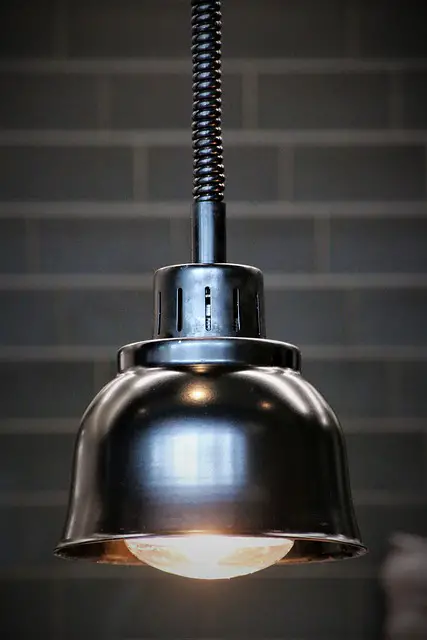One of the most common questions we get asked is whether or not anoles need a heat lamp at night. The answer? It depends on the season and your anole’s environment! This blog post will discuss when you might need to provide supplemental heat for your anole and when it’s not necessary.
Do anoles need a heat lamp at night?
While anoles are active during the day, they typically become less at night. As such, they don’t generally need a heat lamp at night.
However, a few things to consider before deciding whether to use a heat lamp.
If the temperature in the room where the anole has been kept drops below 70 degrees Fahrenheit at night, a heat lamp might be necessary to maintain the animal’s body temperature.
Additionally, if the anole is not getting enough light during the day, a heat lamp may be needed to raise the temperature to encourage activity.
Ultimately, whether or not to use a heat lamp at night is a decision that should be made based on the specific needs of the anole.
Anoles are ectothermic, meaning they get their body heat from their environment.
Anoles are a lizard found in the southern United States, Central America, and the Caribbean.
These lizards get their name from the Spanish word for “lizard,” which is “Anolis.” Anoles are ectothermic, meaning they get their body heat from their environment.
This is why you often see them basking in the sun or hiding in the shade. Anoles are also capable of changing the color of their skin.
They are usually green, but they can turn brown or gray when cold or trying to camouflage themselves.
When an anole is scared, it will puff up its body and open its mouth to make itself look more prominent. Anoles are friendly lizards and make great pets.
Anoles will regulate their body temperature in the wild by moving to different areas of their habitat.
Anoles will regulate their body temperature in the wild anoles. They will hold their body temperature by moving to different habitat areas.
They will move to a shadier spot if the area is too hot. If the site is too cold, they will bask in the sun.
Anoles also can drop their tails if predators grab them.
The tail will grow back over time, but it will be a different color than the rest of the lizard’s body.
This adaptation helps confuse predators and gives the anole a better chance of escaping.
How long can anoles go without heat?
In captivity, anoles should be provided with a basking spot with a temperature of around 85 degrees Fahrenheit.
At night, the temperature can drop to around 75 degrees.
If the temperature gets too cold, anoles will become sluggish and may stop eating.
In extreme cases, they can even die from exposure to cold weather.
Anoles can go without food for several months, but they will need heat access to stay active. Without heat, they will eventually enter a state of dormancy called brumation.
During this time, their metabolism slows down, and they do not eat or drink. Eventually, they will die if they do not have access to warmth.
What temperature do anoles need at night?
In terms of temperature, anoles need a warm environment to survive.
During the day, they should have a basking spot between 80 and 85 degrees Fahrenheit.
At night, the temperature can drop to between 75 and 80 degrees.
If the temperature drops below 75 degrees, the anole may become sluggish and eventually die. As such, providing a warm environment for your pet anole is essential.
By doing so, you will help to ensure its health and happiness.
Do anoles need a basking light?
No, anoles do not require a basking light. They are a tropical species of lizard that does best in humid environments with little direct sunlight.
They would spend most of their time in the shade of trees or other vegetation in their natural habitat.
However, if you keep anoles as pets, they will need a heat lamp to help them regulate their body temperature.
The basking area should be around 85 degrees Fahrenheit, and the rest of the tank should be between 75 and 80 degrees Fahrenheit.
You can use a digital thermometer to help you monitor the temperature inside the tank. Anoles are also arboreal, meaning they spend most of their time in trees.
Their enclosure should have plenty of vertical space for them to climb. Please provide them with branches, vines, and leaves to help make their section feel more like home.
Conclusion
While anoles are generally tropical animals that enjoy warm temperatures, they do not necessarily require a heat lamp at night. In the wild, they would typically bask in the sun during the day to regulate their body temperature and seek shelter from the cooler evening temperatures.
However, captive anoles can maintain a healthy body temperature without a heat lamp by reducing their activity level at night. They will typically sleep more soundly and spend less time moving around, which helps to minimize heat loss.
Anoles can thrive without a heat lamp at night if they have access to a warm basking spot during the day.




